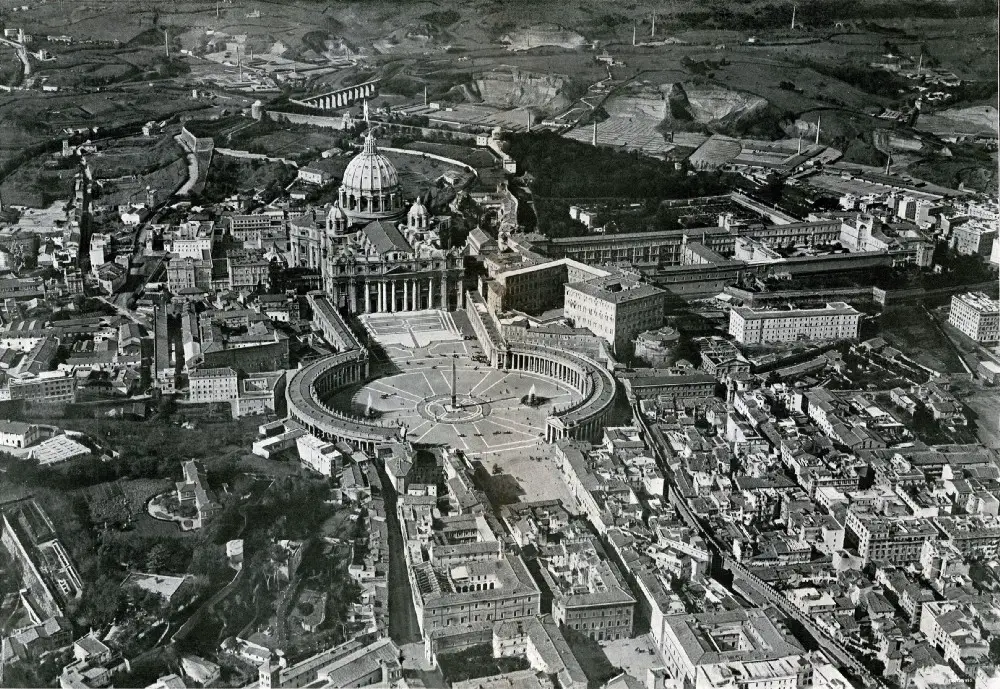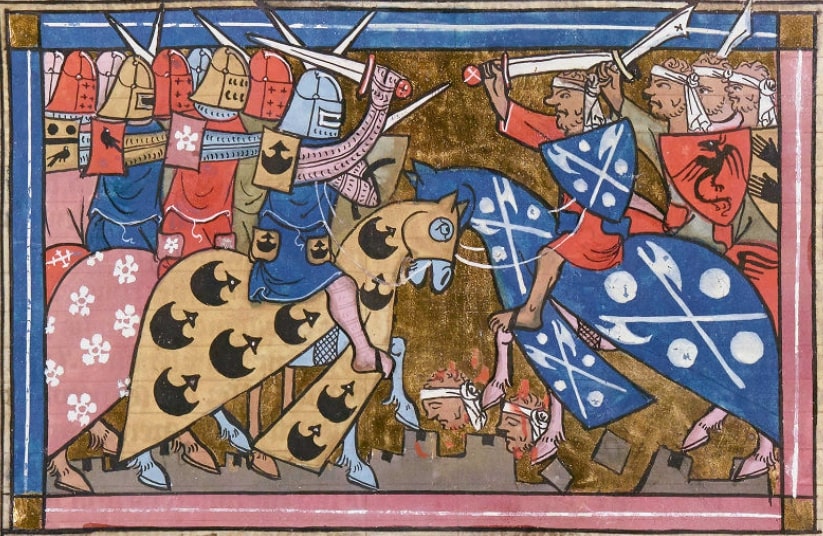 June 2, 1946, all Italians were summoned at the polling stations for the first democratic elections after the Fascist era. For the first time, in Italy, also women were given the right to vote. It was a sort of election day as citizens were asked to express their preference between Monarchy and Republic and to vote for the Constituent Assembly. The referendum resulted in the victory of the Republic. As far as the elections were concerned, then, the Italians mainly voted for three parties: the Christian Democracy (35,21%), the Italian Socialist Party (20,68%) and the Italian Communist Party (18,93%).
June 2, 1946, all Italians were summoned at the polling stations for the first democratic elections after the Fascist era. For the first time, in Italy, also women were given the right to vote. It was a sort of election day as citizens were asked to express their preference between Monarchy and Republic and to vote for the Constituent Assembly. The referendum resulted in the victory of the Republic. As far as the elections were concerned, then, the Italians mainly voted for three parties: the Christian Democracy (35,21%), the Italian Socialist Party (20,68%) and the Italian Communist Party (18,93%).
When the Italian Constitution was finally written and enacted, the Constituent Assembly decided to hold the first general elections in 1948. The Italian Socialist Party and the Italian Communist Party gathered in a coalition called the Popular Democratic Front. However, that was not enough. The Christian Democracy won more than twelve million votes (48,51%), while the Popular Democratic Front got just eight million votes (30,98%).
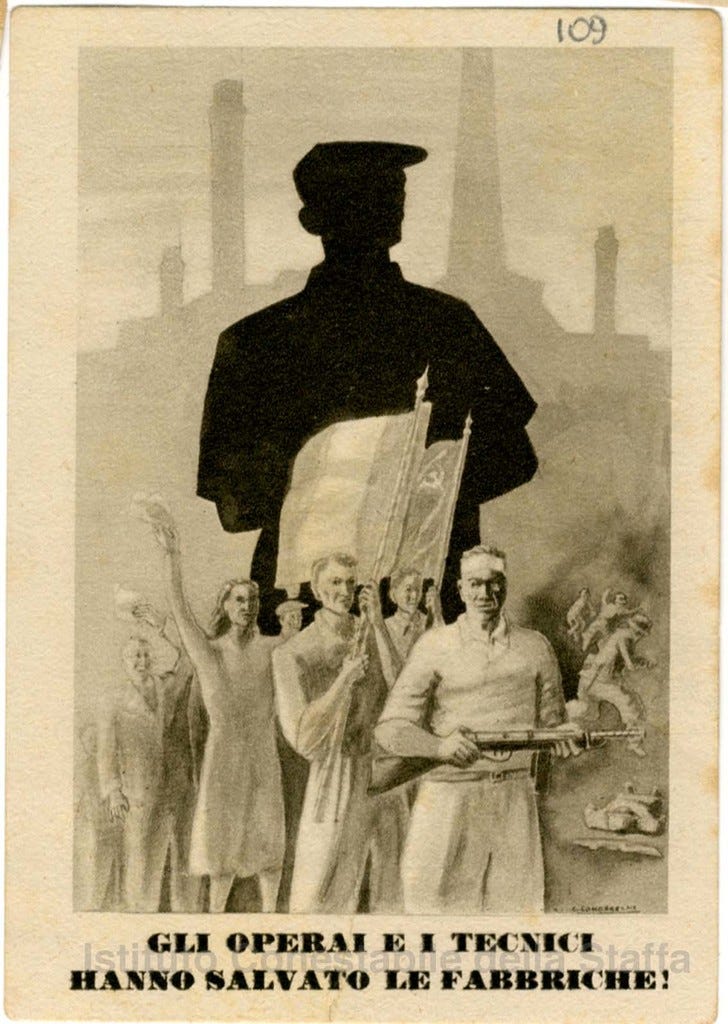
The Communism Issue
Even though the Christian Democracy succeeded in giving birth to a government supported by an overwhelming majority, it was clear that the left-wing parties (i.e. socialists and communists) were the only ones that could challenge the “Party of the Church”. Hence, the Holy Office started to study the issue of Communism. From the point of view of the Church this was necessary, as the Communist Party was clearly inspired by Marx’s theses and, as a matter of fact, one of the key concepts of Marxism is the idea that “religion is the opium of the people”.
The communists were not only challenging the new democratic regime, but also the Church itself. Moreover, the Church had to face also another problem. There were thousands of citizens who were Catholic but, at the same time, believed in Communism. The Holy See had to provide an answer to their questions about support for communist parties.
The Decree
The Catholic Church answered those questions with a document issued by the Supreme Sacred Congregation of the Holy Office called “Decree Against Communism” in 1949. It was also approved by Pope Pius XII. Here’s the text translated from Latin.
“This Supreme Sacred Congregation has been asked the following:
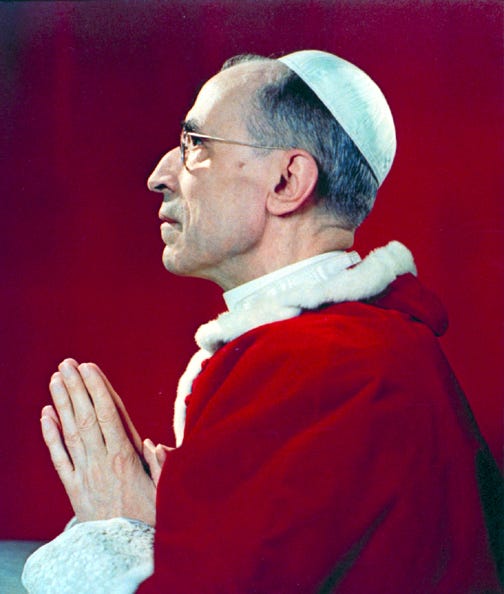
1. whether it is licit to join the Communist Party or to support it;
2. whether it is licit to print, distribute, or read books, magazines, newspapers or leaflets which support the Communist doctrine, or to write on them;
3. whether it is possible, for the Christians who have done what is written in number 1 and 2, to participate to the sacraments;
4. whether the Christians who believe in the Communist, materialistic and anti-Christian doctrine; and especially those who defend and spread it, should be excommunicated as apostates from the Christian faith.”
Here are the answers: 1. negative — 2. negative — 3. negative — 4. positive. Even though the Church didn’t say it explicitly, with this decree all Italian communists were excommunicated.
After a few weeks from the decree enactment, several kinds of leaflets were held in parishes. One of them reported that — and this was pretty explicit — those who were registered in the Italian Communist Party were sinners and, as such, they were excommunicated and apostates.
Conclusion
This decree was believed to be just one of the weapons used by the Christian community in its political battle against left-wing parties. We cannot confidently say whether it was useful or not, but we have to acknowledge the fact that thousands of blue-collars, who used to work side-by-side with communists in factories, never joined the Communist Party and preferred to vote for the Christian Democracy or other parties which were opposed to the left-wing ones. As a matter of fact, from 1946 to 1994 (the so-called First Republic in Italy), the Communist Party never joined actively the government.
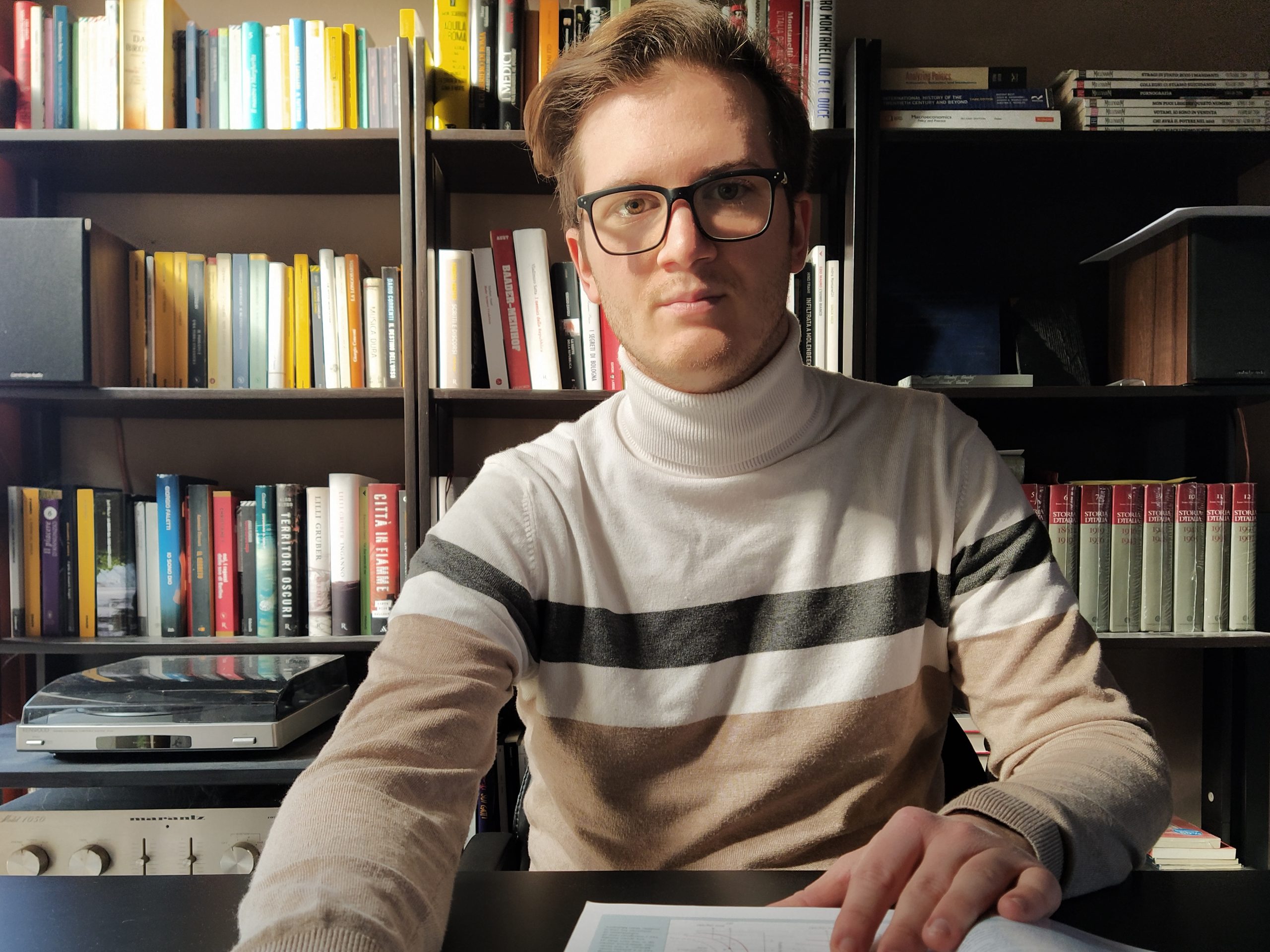
History, Politics & Economics – A place for uncomfortable truths.
michelecaimmi98[at]hotmail.com

